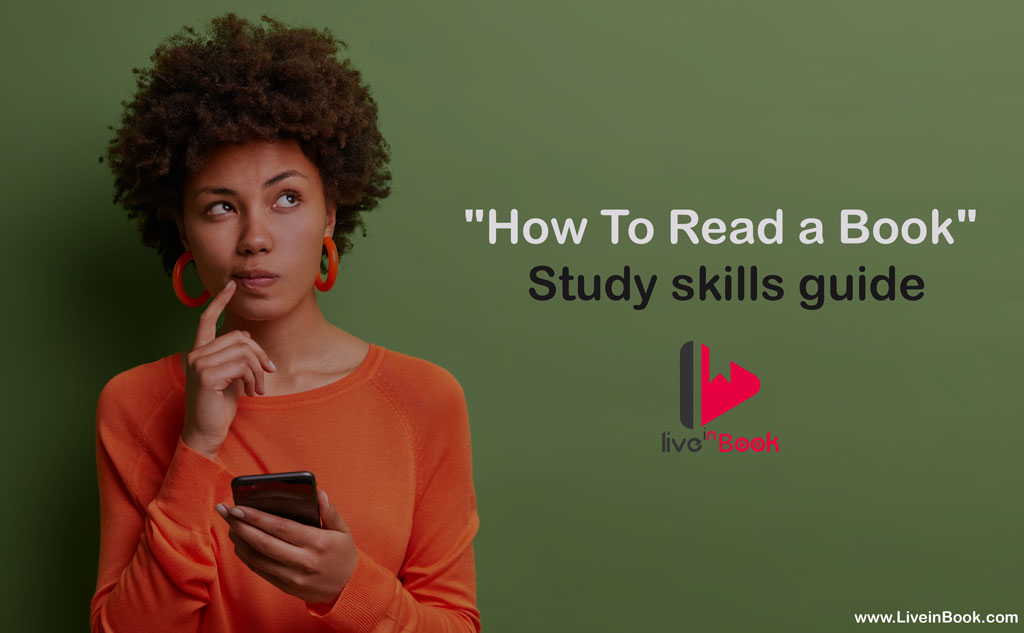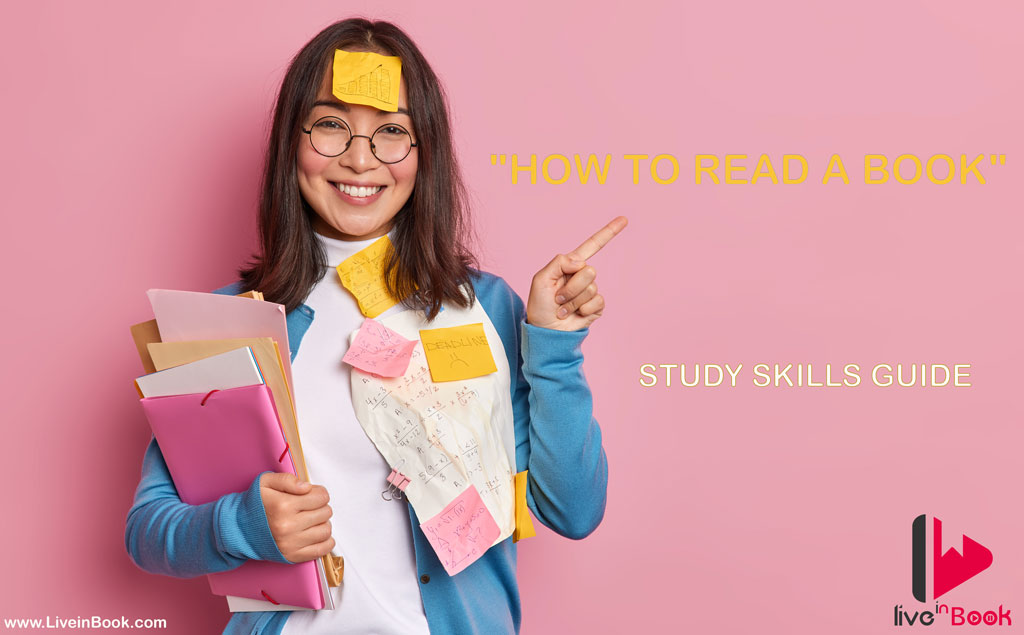
Contents :
How To Read a Book:
“Mortimer J. Adler was a distinguished American professor, writer, and philosopher who worked at various prestigious universities, including Columbia University (in New York) and the University of Chicago, as well as educational institutions such as the Encyclopaedia Britannica. When his death in 2001, he left a great legacy of works that all had a clear purpose: to make philosophy a more accessible subject for the general public.
One of Mortimer’s most popular and influential works is “How To Read a Book,”—a work that teaches us how to make the most of reading different books and become more professional and intelligent readers. In this book, Mortimer categorizes the study process in various stages and shows us how we can think critically and analytically about the information in each book. Follow this article to learn more about the lessons in this valuable book.
The first recommendation of the book to the audience is to actively study and learn some of the basic rules of study. The first thing we need to know is that study is active and active work. One can liken reading to a baseball game in which one team throws the ball, and the other team has to try to catch it, meaning that the recipient of the ball—or the audience—must make an active effort to understand the things the author wants to convey through words.
This means that the audience cannot expect to receive and understand all helpful information immediately in a continuous stream without doing anything. What you want from a book requires active study, and just like any other activity, if we’re going to become more efficient readers, we need to learn and practice the skills we need.
Because reading any content is an activity, every type of reading should also be active. It is impossible to read passively, with eyes without movement and the brain falling asleep. So when we compare active reading to passive reading, we mean to start paying attention to the fact that the task is more or less associated with an activity. Second, the more activity reading is associated with, the better the results. It is more beneficial to read someone more active than two people who sing on equal terms. A reader benefits the most, which makes the most of himself and wants to make the most of the subject. The truth is that passive reading generally does not exist—from the text of “How To Read a Book.”

Basic Reading
Remember the first days at school—when you had to read seemingly meaningless sentences without understanding what they meant— these were your first steps to mastering elementary reading. “Elementary reading” is a stage in which the audience can “decode” and understand words and sentences in a text. At this point, the audience asks itself, “What does this sentence say?”
For example, when children first learn to read, they read and understand a text by linking on-screen symbols with sounds to form words and sentences. When they can do that, they will be able to understand the primary content of those sentences.
By “reader,” we mean someone who acquires a lot of his knowledge about the world through reading. Of course, he gained a certain amount of information and recognition even before the invention of the radio and television by talking and observing, but that was not enough for intellectuals and curious people. They knew they had to read more and did so. Today, some people believe that reading does not have the foremost necessity. Radio, especially television, has taken on many printing duties, just like the photography profession, which has assumed the responsibilities of other graphic arts. Television does some of these tasks arguably well. For example, the connection one makes through the eyes of news events has a more profound impact on him. The power of radio in broadcasting news and saving time doing other things like driving is considerable. But one might seriously question that with the emergence of modern mass communication devices, our knowledge of the world we live in has increased?—from the text of “How To Read a Book.”
Overview Reading
Has it ever happened to you to bring home a book and then realize that it wasn’t what you thought it was? Mortimer shows the audience that such incidents can be prevented through “overview reading. “Overview Reading” is a technique that enables us to answer two specific questions: “What is this book about?” and “What kind of book is this?”
Knowing so many facts about a story, often like being unaware of it, makes it unpatentable. We today are so overwhelmed with the facts that it hurts our recognition. One of the reasons for this is that all the things we mentioned are made in a way that makes thinking unnecessary (although this is just the appearance of the case). Packing and molding ideas and ideas, and presenting them to people is one of the most common things done by the best brains today. Quite complex materials—from simple meanings to accurately selected information and statistics—are presented to TV viewers, radio listeners, and magazine readers in a way that they can “create their intellectual fabrication” with minimal effort. But often, this packing of thoughts is so adequate that the viewer, listener, and reader have no role in making up their minds at all. Instead, a pre-packaged opinion is placed in his mind, such as putting cassette tapes in the voice recorder.—from the text of the book “How to read a book.”
Analytical Reading
When we briefly get to know a book, we begin to read analytically. This step is like chewing and digesting the content of the effect. The first step in this process is to understand what kind of books we are reading and how its themes or themes interact. Since the path of forming and expanding themes depends on the subject of the book, it is important to specify the type of work.
For example, reading a theorizing science book can expect the work’s contents and arguments to be much more abstract than a guidebook filled with different instructions. A book on mathematics, such as “Self-Parenting,” will not include lifestyle recommendations!
After specifying the type of book, it is time to focus on the text itself. We identify the plot and find out how different themes bond together at this juncture. This includes summarizing and specifying the most important issues raised in a few short sentences.
Writing is a complex and complex subject that everyone understands in a way. All or part of the content that the author wants to try can be understood. The amount of content that the reader understands is usually as crucial as the amount of activity he uses in this field. This amount of exercise is as vital as other brain talents in understanding the subject. What does reading entail? In this book, we will discuss this many times. For now, we briefly ask why one understands it better if we give the same subject to two people. The first is that he reads it more actively, and second, he does each of the relevant things more subtly. These two things are not separate from each other. Reading, like writing, is a complicated activity. Reading involves many different actions, all of which should be done well when studying. Anyone who can do more of these things is better able to read.—from the text of “How to Read a Book.”

Synth Reading (Adaptive)
When we want to write an essay for a classroom, we don’t make it based on just one book, but we choose content from several different sources. This is the most crucial issue in “blended reading.” “Consolidated Reading” includes a simultaneous reading of two or more books on a subject.
When studying it this way, we need to fully define the topic we want to write about and then choose proper and appropriate texts and resources. In fact, “integrated reading” is caused by the use of “overview reading” and “analytical reading”: identifying and selecting resources correctly through “overview reading” and fully understanding the content of those sources through analytical reading.
Comments 0
Comment on